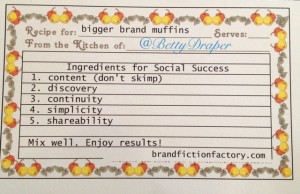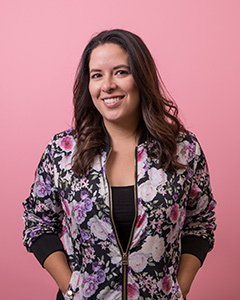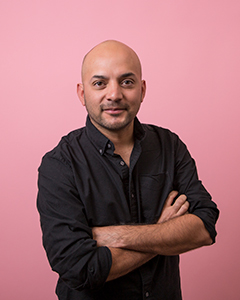A popular topic at SXSW this year has been that of social storytelling, which is about a brand continuing to promote the story in order to further engage with fans and enhance their overall experience. I find this topic particularly interesting because I’m the type that becomes attached to a storyline/characters (especially those in books) and want to know what happens after the original story ends.
Social storytelling has played a key role in expanding the Mad Men experience, and I was able to attend a panel led by Helen Ross (@AdBroad) who is the voice behind @BettyDraper. She and other Mad Men fans have collaborated to extend the life of the characters beyond the hour-long TV show through the use of Twitter, LinkedIn and the development of a “Twepisode.” The efforts of these fans paid off as Mad Men is the first fan-created campaign to be recognized by a marketing awards show.
Mad Men’s social storytelling success goes to show that brands need to be aware that the end of a commercial/TV show, etc isn’t the end of the story; it’s the beginning of an opportunity to give fans an extra bit of discovery that they aren’t getting from a show or event.
When continuing the story in the social space, keep the following in mind:
– The story must build on the brand’s core qualities.
– All contributors have to be on the same page regardless of the platform where the story is being told.
– Telling a story in as many platforms as possible is ALWAYS a bad idea. Tell the story where your audience is located.
As an added bonus, @BettyDraper provided her recipe for “Bigger Brand Muffins” and the ingredients for social success. You’ll want to file this away for later.





